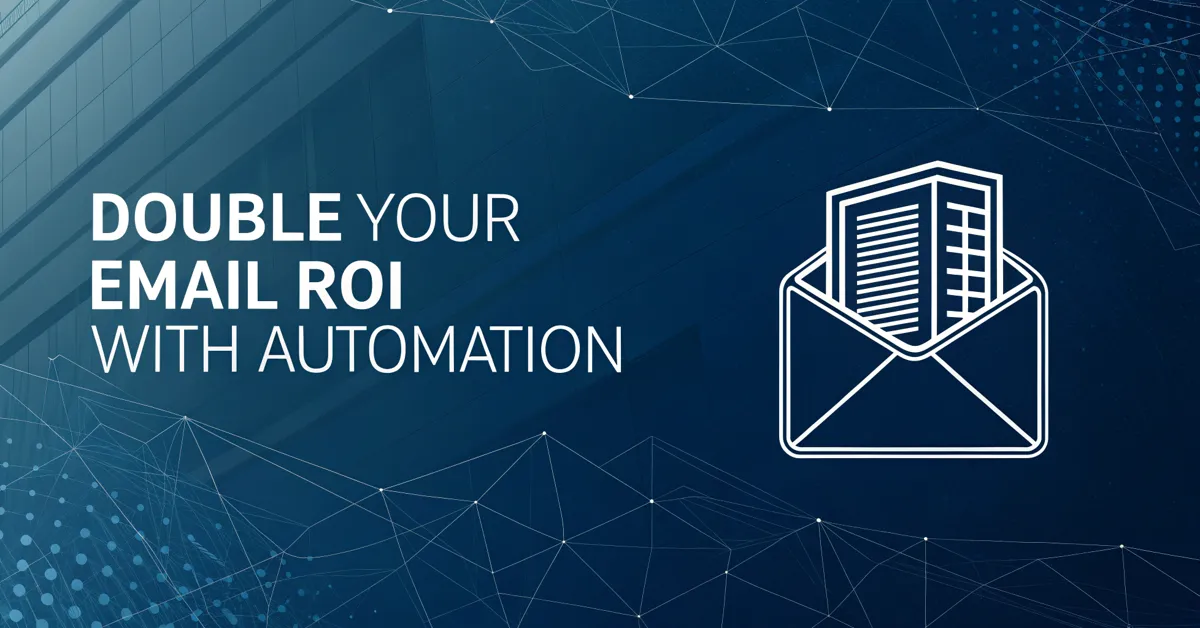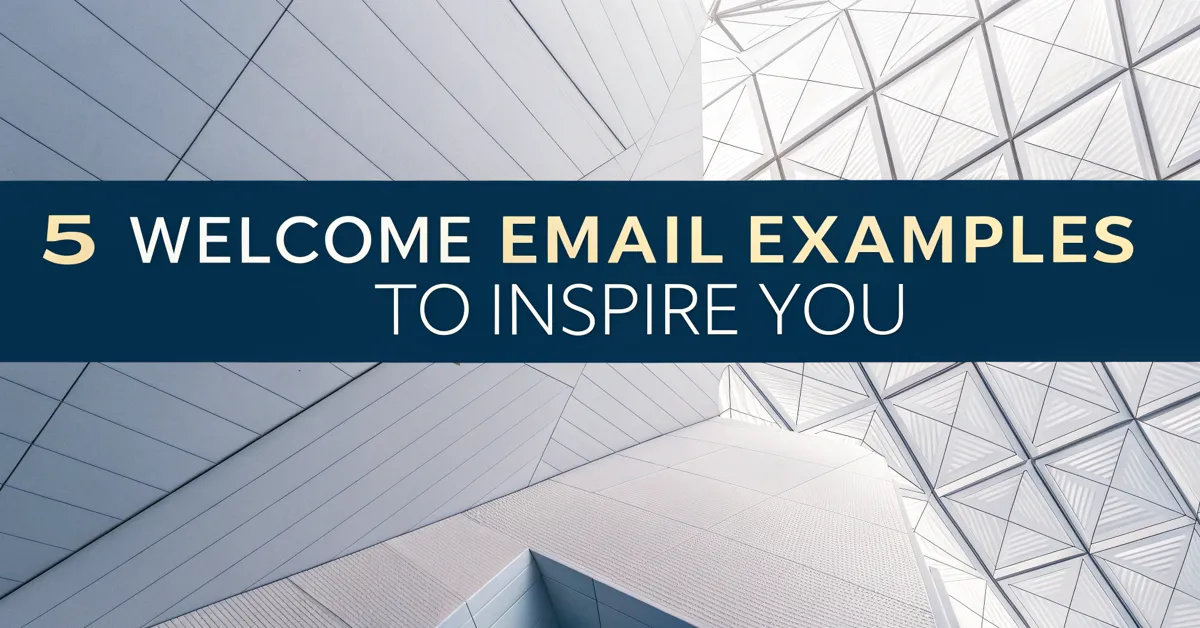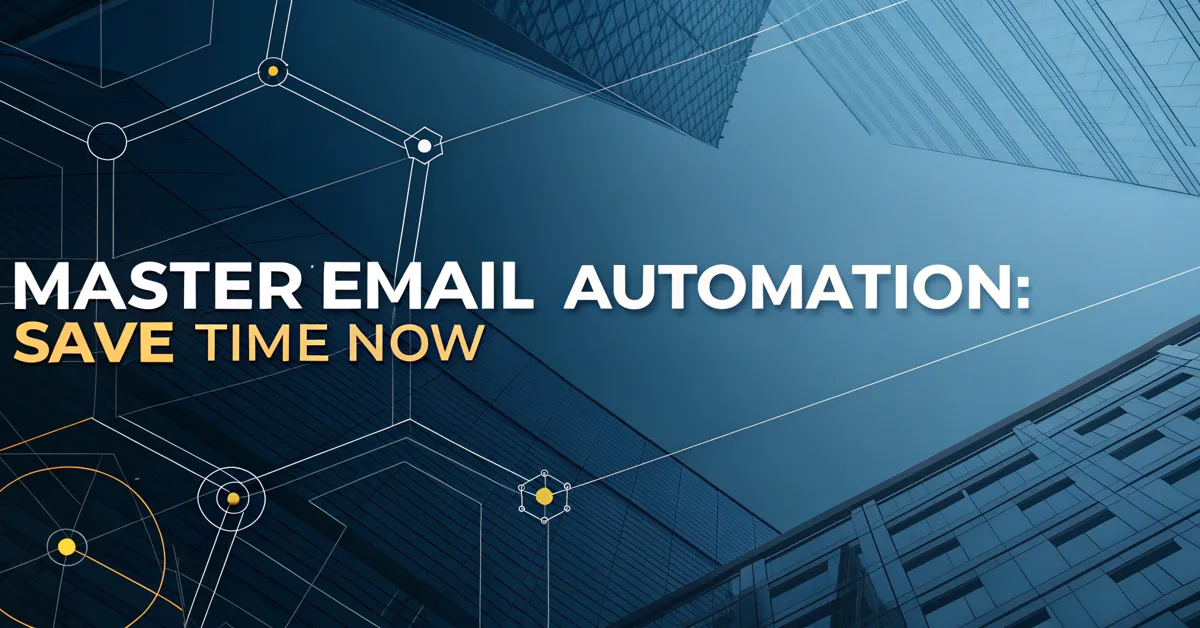It can be a real punch in the gut: you’ve poured your heart into an email campaign, crafted what you think are brilliant messages, and hit send, only to be met with dismal open rates. It’s a common headache for marketers, but what if you could change that? What if you could, dare we say it, double your open rates? Sounds like a pipe dream? It’s not. Let’s explore nine tried and tested tips to turn those disappointing numbers into dazzling successes.
The Why Behind Low Open Rates
Before we dive into solutions, it’s worth asking, “Why aren’t people opening my emails?” The answer is rarely simple. More often than not, it’s a mix of factors, including:
- A stale list: People change email addresses. They lose interest. They forget they even subscribed. A list that isn’t routinely cleaned and updated is a recipe for poor open rates.
- Generic subject lines: Inboxes are crammed, and bland subject lines are like background noise—easily ignored. You need to make people want to click.
- Poor timing: Sending emails at odd times when most people aren’t checking their inboxes will impact your numbers.
- Lack of value: If your emails don’t offer something of worth—be it information, deals, or entertainment—people will stop opening them.
- Sender reputation: If your emails are flagged as spam, they’ll go straight to the junk folder, unseen.
It’s important to see this list not as roadblocks, but as chances for improvement. With the right tactics, you can make those open rates soar.
9 Tips to Double Your Open Rates
Now, let’s get down to business. Here are nine concrete steps you can take to get more eyes on your emails:
1. Segment Your Audience Like a Pro
Sending the same email to everyone on your list is like trying to use a one-size-fits-all pair of shoes: it rarely fits well. Instead, smart email marketing starts with segmentation. This means breaking down your list into smaller groups based on shared traits, such as:
- Demographics: Age, location, gender, job title.
- Behavior: Past purchases, website activity, engagement with prior emails.
- Interests: Specific topics they’ve shown interest in.
Why does this work? Because you can send more relevant emails. Someone who only buys product A will not be as engaged by an email about product B. Send them product A related emails instead. People are more likely to open emails that feel personal and catered to them. Think of it this way: a tailored message speaks directly to a person’s wants, while a generic one gets lost in the noise.
For example, if you run a clothing store, you could segment your list by:
- Men’s wear, Women’s wear.
- People who bought jeans, people who bought shirts, and people who bought coats.
- People who bought in the last month, people who haven’t bought in the last six months.
The more specific you get, the better your open rates can become.
2. Craft Subject Lines That Pop
Your subject line is like a movie trailer: it needs to be good enough to make people watch the film. If your subject lines are dull, people will scroll right past them, and even mark your email as spam. Here’s how to craft subject lines that grab attention:
- Keep it short: Many people check emails on their phones, where long subject lines can get cut off. Aim for under 50 characters to make it easily readable on any device.
- Use numbers: Numbers stand out in a sea of text. “5 Tips to…” or “3 Ways to…” are effective.
- Pose a question: Questions make people pause and consider. “Ready to boost your sales?” is far more engaging than “Our new sales update.”
- Create a sense of urgency: Words like “today,” “now,” or “limited time” make people want to act right away.
- Personalize them: Add the reader’s name or location for a personalized touch.
- Use emojis: Emojis add color and fun. But don’t overdo it—one or two is enough to catch the eye.
- A/B test: Try different versions to see what works best with your audience. This is important, because what appeals to one audience may not appeal to another.
What should you absolutely avoid? Using “spammy” words like “free,” “guarantee,” or “cash.” They are likely to end up in the junk folder or will make your email get marked as spam.
Here are a few examples of good and bad subject lines:
- Good:
- “5 Ways to Improve Your Email Open Rates”
- “Sarah, your limited-time deal is here!”
- “Are you making these marketing mistakes?”
- 🚀 Your weekend sale ends tonight!
- Bad:
- “Email newsletter”
- “Great deal, buy now!”
- “Important notice about our business.”
- “Free cash!”
See the difference? A good subject line is clear, concise, and enticing.
3. Write a Compelling Preheader Text
Preheader text, also known as preview text, is that bit of copy that appears after the subject line in the inbox. Think of it as a second chance to get a click. A bad preheader will waste a great subject line. But a good one will make people want to open that email.
Here’s how to make the most of it:
- Support your subject line: Use it to give extra detail and entice further reading.
- Don’t repeat it: You don’t want the same text twice, use the space to give more information.
- Include a call to action: Tell people what you want them to do, like “Learn more” or “Shop Now”.
- Keep it short and sweet: Like with the subject line, keep the preheader concise.
- Test it: Like with all things email marketing, testing different variations will help you see what works best for you.
Some good preheader examples would be:
- “Open this email for 20% off your next order.”
- “Discover our new collection before it sells out.”
- “Click here to see this week’s trending products.”
Preheader text is often overlooked, so using it to its full potential can give your email marketing efforts a boost.
4. Clean Your Email List Regularly
Like a garden, email lists need maintenance. If you ignore them, they become overgrown with weeds. A stale email list can damage your sender reputation, send your emails to the junk folder, and bring your open rates down. Here are a few things you should do to keep your list healthy:
- Remove inactive subscribers: People who have not engaged with your emails in a while might never will. There is no point in keeping them on the list.
- Check for typos: Some people misspell their emails when they sign up. Correcting them will make sure the email is actually delivered.
- Handle bounced emails: Hard bounces happen when an email can’t be delivered due to a non existent email. Remove them. Soft bounces happen when an email is delivered but there is some issue with the receiver’s inbox, like it being full. You don’t need to remove them, but monitor them closely.
- Ask subscribers to confirm: When someone signs up, send a confirmation email to make sure the email is valid and they want to be on your list.
- Give them a clear way out: Let people easily unsubscribe. This might sound like you are losing subscribers, but it helps filter out people who won’t engage anyway, and prevents people from marking your emails as spam.
Doing this will make sure you have an active, engaged, and healthy list. And it will also boost your sender reputation.
5. Optimize for Mobile Devices
We live in a mobile-first world, where people access emails on smartphones and tablets more than ever before. If your emails are not optimized for mobile, you’re making it hard for many people to read and engage with your emails. Here’s what you need to keep in mind:
- Use a responsive template: A responsive template will adjust your email to any screen size, making it easily readable.
- Use a simple layout: Avoid complex layouts that don’t translate well to smaller screens.
- Use a readable font size: Keep the font size at least 14px, so it is easy to read on all devices.
- Use easy to click buttons: Make buttons large enough for people to click with their fingers.
- Keep it short: People scroll more on phones, but they tend to skim the text more.
Test your emails on a variety of devices to make sure they look great on any platform. If you do that, your audience will be more engaged.
6. Use the Right Timing
When you send your emails matters a lot. If you send them at the wrong time, people are less likely to see or open them. To find the optimal time, you must do a few things:
- Check the data: Look at past emails and find when they got the highest open and engagement rates.
- Think about your audience: Do they check emails during work hours, lunch breaks, or after work?
- Test different send times: Use A/B testing to find what works best.
- Use automation: Set up automated emails based on time zones.
Experiment with different send times to find the sweet spot for your audience. There is no single perfect time for everyone.
7. Personalize the Content
Email marketing is not a mass broadcast. It is about connecting with people on a personal level. Here’s how to add that personal touch:
- Personalize the subject line and preheader: Add their name, for example.
- Use dynamic content: Show different content to different people based on their preferences or actions.
- Write as you’d talk to a friend: Use a conversational tone, not like you are reading a boring sales pitch.
- Segment based on behavior: Send emails tailored to their past actions. For example, if they left something in their cart, send a reminder about it.
- Listen to feedback: Ask them what they think, and tailor your content based on their responses.
People love feeling understood, seen, and valued. Personalizing your emails will show them you care about them as individuals.
8. Provide Real Value
The most basic rule of email marketing is to give before you ask. People don’t want to just read sales pitches, they want something that they find useful. Here are some ways to provide value:
- Offer exclusive discounts or deals: People love saving money.
- Share helpful tips or advice: Teach them something relevant to their interests.
- Offer engaging content: Share interesting stories, or curated articles.
- Give them early access: If you have something new, give your subscribers access to it first.
- Ask for their opinion: Show that you care what they think.
If your emails have value, people will want to open them and see what you have to say.
9. Monitor and Test
Last, but not least, is the importance of keeping an eye on your numbers. Email marketing is a continuous process that requires constant monitoring and testing to make it better. Here’s how:
- Track your metrics: Check your open rates, click through rates, and conversion rates.
- Test different elements: Use A/B testing to see what types of subject lines, content, and calls to action get the best results.
- Analyze your data: See what worked and what didn’t, then tweak your strategy.
- Stay up to date: Email marketing practices are always changing. Keep learning about them.
- Ask for feedback: Ask subscribers what they think of your emails.
By keeping an eye on the data, you can refine your approach, and stay ahead of the curve.
Boosting Open Rates is a Marathon, Not a Sprint
The prospect of improving your email open rates can feel like a daunting task, especially when your numbers are low. But, the good news is you don’t need to be a marketing wizard to get better results. This is about being strategic, consistent, and willing to make small changes.
It’s about creating a positive feedback loop: you send great emails, people open them, and because of that, your sender reputation gets better, leading to even more opens. It is important to remember that getting to the double open rate won’t happen overnight, but when you combine these tips into your marketing plan, you are sure to see results. It is a marathon, not a sprint.
Getting More Opens: Is it Really Worth It?
Is it worth the effort to try to double your open rates? The answer is a resounding yes. It is worth every bit of energy and effort you invest in the process.
By getting more people to open your emails, you not only gain a wider audience, you also:
- Boost your brand visibility: People who open your emails become more familiar with your brand, and the more familiar they become, the more likely they will become customers.
- Increase engagement: People who open your emails are more likely to click links, reply, and share your content. This builds a better relationship with them.
- Improve conversions: Better open rates translate into more clicks and sales.
- Improve your reputation: Higher opens signal to providers you are not spam, which leads to a better sender reputation.
- See more data: More people opening your emails gives you more data, which you can analyze to keep improving your marketing efforts.
The benefits of improving your open rates are numerous. By implementing the tips and advice here, you aren’t just getting more opens: you’re getting more business, building stronger relationships with your audience, and taking your marketing to new heights.
Doubling Your Open Rates: A Worthy Goal
Doubling your email open rates is an achievable goal if you are willing to put in the work. The key here is to test and be patient. There are so many options and techniques, but it is up to you to find what works best.
When you are consistent in your work, you can make your open rates grow consistently. And when your open rates grow, your business does too. So it is important for you to be consistent and keep improving. And don’t be afraid to keep trying new things to achieve your goals.





